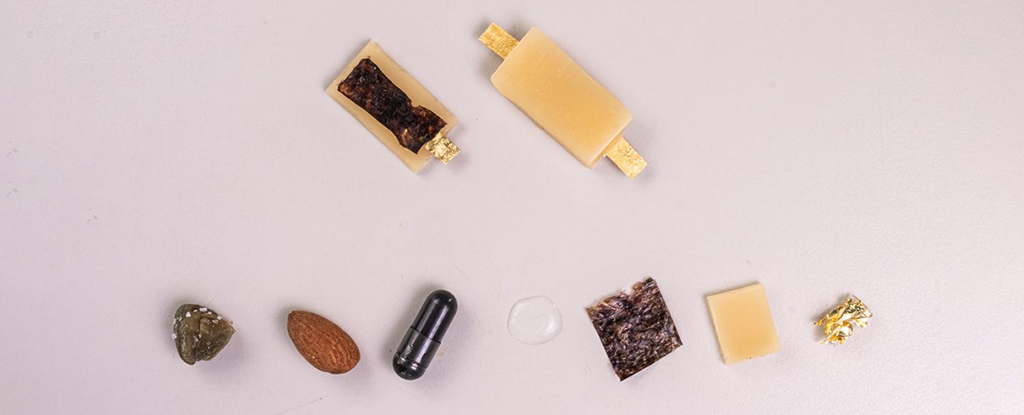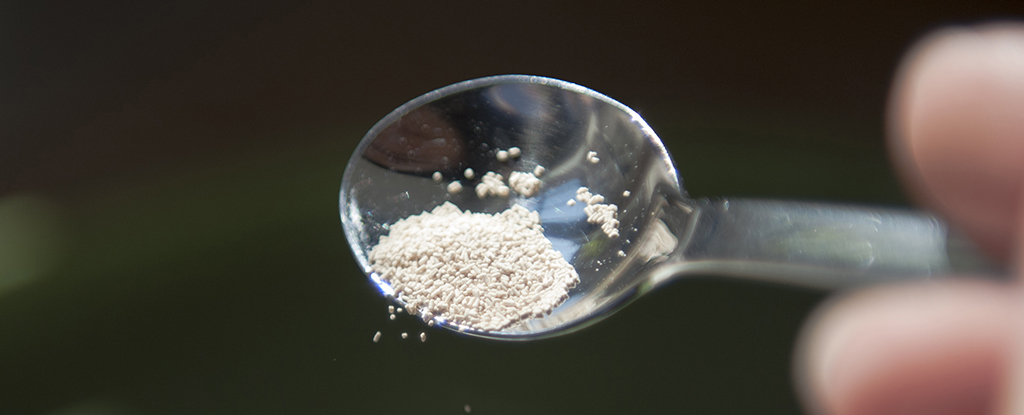Scientists continue to make advances in electronics that can safely monitor and treat our health In the body. Unfortunately, powering these small medical devices is not always easy.
There’s now a new type of rechargeable battery that could help in that department. Made from fully edible substances, it’s safe to dissolve in the stomach once it’s done what it needs to do.
The prototype outlined in a new study operates at a harmless 0.65 volts and delivers a current of 48 microamps for 12 minutes — the range needed to power tiny electronics.
“Future potential applications range from edible circuits and sensors that can monitor health status to powering sensors to monitor food storage conditions,” says Senior author Mario Caironi, a molecular electronics researcher at the Italian Institute of Technology.
“Moreover, given the safety level of these batteries, they could be used in children’s toys where there is a high risk of choking.”
Made from a varied list of ingredients ieIt is the first functional battery that can be served as a snack. Its components include the vitamin riboflavin for the anode of the battery (its “negative” end) and the complement quercetin as the cathode (the “positive” end). The electrolyte (which creates the electrical charge) consists of a water-based solution, and the separator (which prevents short circuits) consists of norithe seaweed found in sushi restaurants.
activated charcoaloften used to treat poisoning, is included to increase electrical conductivity, while the external contacts that carry electricity to another device are made of beeswax bonded to decorative food-grade gold.
Ok no one said it was a meal worthy of a Michelin star. But what it lacks in flavor it makes up for in potential.
The battery retains its charge well over dozens of cycles, despite having to be outside the body to recharge. The prototype created here is about one square centimeter (0.155 square inches), but the team is already working on making it smaller.
“Actually, we are already developing devices with larger capacity and reducing the overall size,” says Caironi. “In the future, these developments will also be tested for driving edible soft robots.”
If you’ve ever carried a camera or other device with you, you know that while these scans are hugely important in detecting disease, they aren’t the most comfortable of experiences. This is one area where this edible battery could help.
Another is in the area of food quality monitoring: devices could be used to check that food is safe and meets required standards while it is actually in the gut, before the monitoring device is digested along with the food.
There’s still a long way to go, but the researchers behind the prototype hope their work will lead to further developments in the field, such as larger batteries used in energy storage and electric cars.
“Although our edible batteries won’t power electric cars, they are proof that batteries can be made from safer materials than current Li-ion batteries.” says one of the co-authors of the study, Ivan Ilic, a scientist in sustainable energy storage from the Italian Institute of Technology.
“We believe they will inspire other scientists to build safer batteries for a truly sustainable future.”
The research was published in Advanced Materials.





